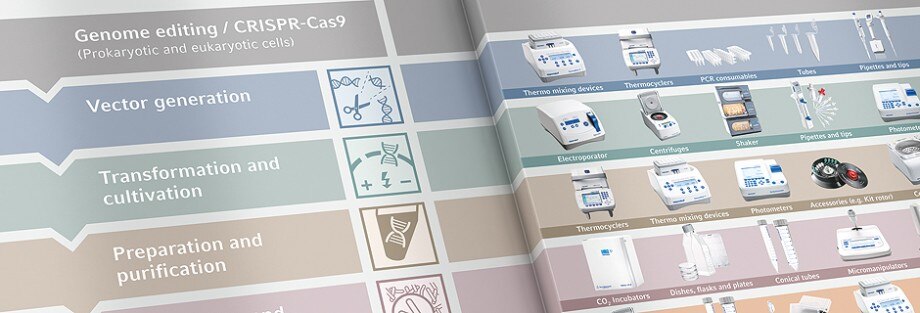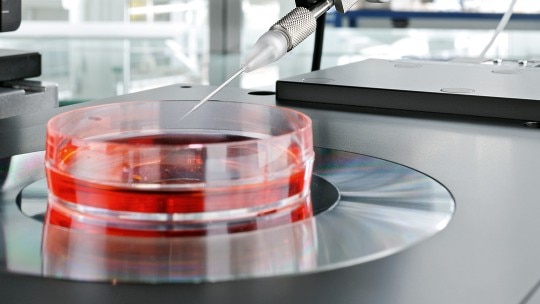MENU
IE | EUR
-
-
-
-
- Forum Labo 2025
- Advanced Therapies Week (ATW) 2025
- SLAS Europe 2025
- Bioprocessing Summit Europe 2025
- Medlab Middle East 2025
- SLAS International 2025
- Biologics World Nordics 2025
- ASIA LABEX: The Lab Show 2025
- BioProcess International Europe 2025
- ISEV 2025
- Future Labs Live 2025
- DataHow Symposium 2025
- Cell 2025
-
-
-
-
- Forum Labo 2025
- Advanced Therapies Week (ATW) 2025
- SLAS Europe 2025
- Bioprocessing Summit Europe 2025
- Medlab Middle East 2025
- SLAS International 2025
- Biologics World Nordics 2025
- ASIA LABEX: The Lab Show 2025
- BioProcess International Europe 2025
- ISEV 2025
- Future Labs Live 2025
- DataHow Symposium 2025
- Cell 2025
IE | EUR
-
- Benchtop Centrifuges
- Floor-Standing Centrifuges
- Refrigerated Centrifuges
- Microcentrifuges
- Multipurpose Centrifuges
- High-Speed Centrifuges
- Ultracentrifuges
- Concentrator
- IVD Products
- High-Speed and Ultracentrifuge Consumables
- Centrifuge Tubes
- Centrifuge Plates
- Device Management Software
- Sample and Information Management
No results found
Search Suggestions
Genome Editing / CRISPR

Prokaryotic and eukaryotic cells
Genetic engineering terms the targeted modifications of genetic information of living organisms/cells. Genome editing stands for targeted engineering by using specifically designed nucleases. The recent CRISPR/ Cas-9 method uses RNA-guided nuclease. That makes the process faster, easier and more specific compared to other gene editing methods. Since the DNA-binding element is RNA it is simple and cheap to manipulate and it allows sequence specific programming. The high targeting efficiency, results in significant time saving, e.g., for the generation of knockout mice. In basic research CRISPR is mainly used in cell line engineering and animal genetic engineering (e.g. of disease models) to investigate gene function.



